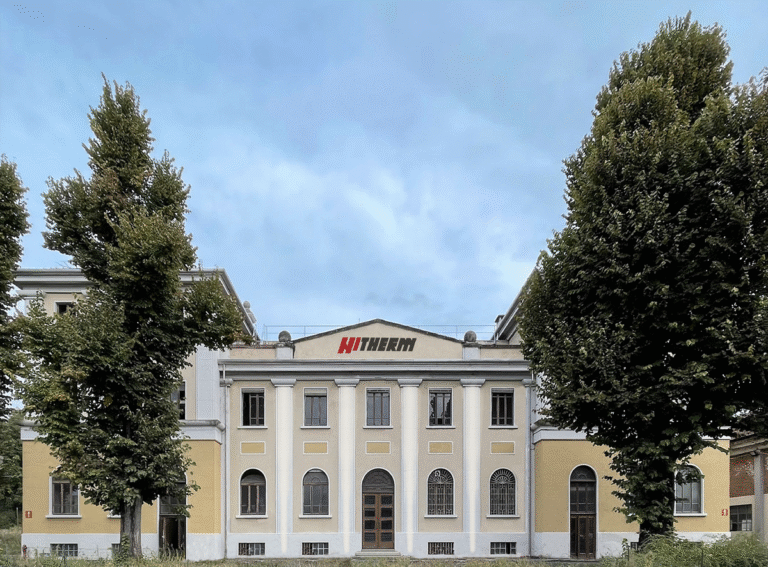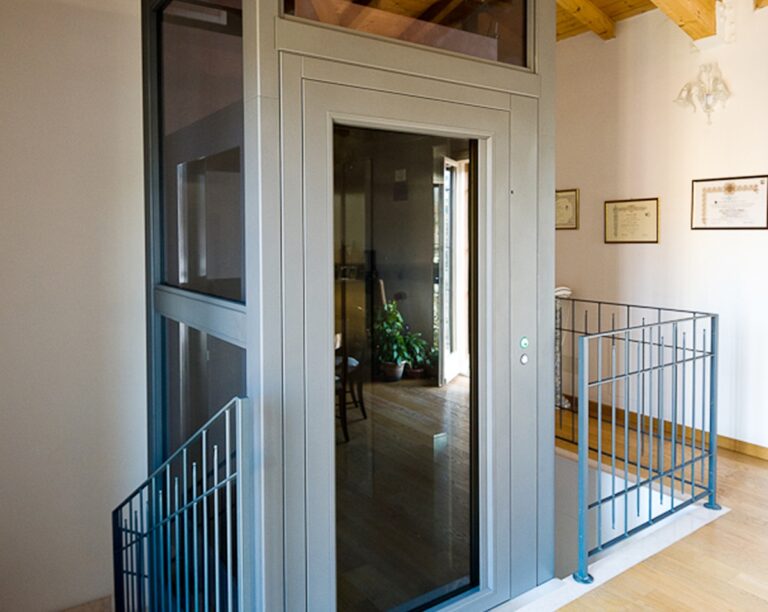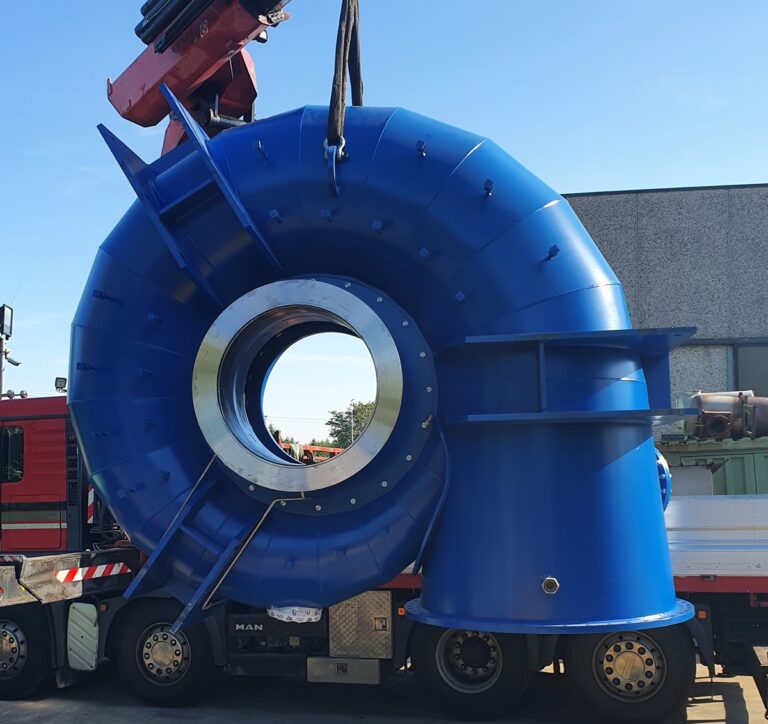It’s called a stock bubble and, just like a soap bubble, it swells until it bursts. It occurs in particular market phases, during which there is a considerable increase in the prices of securities in a specific sector, considered innovative or profitable.
The surge in demand and the expectation of future increases pumps values until they become unjustified and unsustainable. A piece of news or an event is then enough to act as a pin in the bubble.
Table of Contents
The bursting of the stock bubble
When the euphoria towards a certain good runs out, however, we are faced with the bursting of the bubble. The causes are not only related to a reduced confidence in the asset. They can also concern the now excessive price which makes it increasingly difficult to buy, or even the decision of investors to make a profit on the securities or goods purchased previously.
An example is the “Dot.com bubble” which burst in the mid-1990s, linked to the discovery of new information technologies. Like any other crisis generated by a speculative bubble the Dot.com crisis developed through the classic sequence:
- extreme confidence on the part of investors in the potential of a product/company;
- rapid growth in product price;
- event that undermines expectations of significant earnings;
- high sales flows;
- final collapse in the price of the product.
This sequence of events was observed in the 1840s with the railroad boom, in the 1920s with automobiles and radios, in the 1950s with electronic transistors, and in the 1980s with home computers and biotechnology.
How to recognize a stock bubble
Not every price increase or industry expansion is a bubble. So how can we recognize it? It is not always easy to distinguish it from sustainable growth. All bubbles, however, have common characteristics. As mentioned, the psychological factor is decisive. Investors, carried away by euphoria or the so-called “herd effect”, engage in irrational behavior.
Another factor to note. The demand and price of the good increase at levels and at a pace that are not justified by the data that characterize the company’s activity, such as profits, turnover, growth rate and potential.
The bursting of a bubble
When the momentum runs out, we are faced with the bursting of the bubble. The causes can be different and combined:
- it is possible that the prices, now excessive, make it more difficult to buy;
- that investors decide to profit on the securities or assets purchased because they stop believing in further growth;
- that some events (such as quarterly results, macro data, decisions by Central Banks) generate distrust.
Even at this stage, irrationality is decisive. But if the birth of the bubble is characterized by euphoria, the burst is accompanied by panic. Fear triggers high flows of sales, which only accelerate the collapse of prices, bringing the reference sector to its knees.
The bursting of the bubble is blamed, first of all, on exposed investors. In the best case scenario, they sell in time, managing to plug their losses. At worst, they lose everything or almost everything. Businesses that relied on continued growth in sales and stock values risk bankruptcy. The entire sector involved in the bubble returns to the values of months or years before, influencing future growth, also due to the mistrust that is generated.
Read also: Behavioral finance, what is it in five key points
Three (very different) examples of a bubble
Financial bubbles all have some common characteristics. But they affect sectors and trigger very different consequences.
1. Tulipomania
The school case that is cited as the first example of a speculative bubble concerns the tulip market, the so-called “tulipomania”. In the first half of the seventeenth century, in Holland, the price of tulips grew to very high levels, all due to the speculation carried out on future tulips.
The flower became an object of challenge among nobles willing to pay increasingly higher prices to possess it. The scheme, however, also saw a subsequent collapse in flower prices. And hundreds of Dutch investors who had invested in the sector fell into ruin.
2. Dot.com bubble
Another, much more recent example concerns the Dot.com bubble, which grew in the second half of the 1990s and burst at the beginning of the millennium. Optimism for the nascent digital economy had driven the listing and capitalization of dozens of companies.
Some destined for a great future, others with disproportionate prices. The pin of the bubble was represented, in March 2000, by a series of negative quarterly results. It’s the trigger that leads to a wave of sales. Many companies go bankrupt, others are forced to merge. Still others, like the current tech giants, are holding up, but waiting years to return to pre-outbreak valuations.
3. The global crisis of 2007-2009
The global crisis of 2007-2009 is a demonstration of how a bubble can have systemic repercussions, far beyond the sector in which it matures and bursts. For the first years of the millennium, house prices in the United States experienced an enormous expansion.
The bubble is fed (indirectly) by the low rates of the Federal Reserve, which effectively incentivizes families to get into debt and banks to grant a mortgage. When the US central bank tightens the strings, installments increase, uncovering the impact of subprime mortgages (granted despite the high risk of insolvency and “packaged” within other financial products classified as low risk).
The bubble bursts, real estate prices collapse, insolvencies rise, some of the main American banks fail because they are too exposed. The US economy is severely affected, also affecting the countries with which it has close trade relations.
Read also: How Wall Street is using artificial intelligence to revolutionize finance












